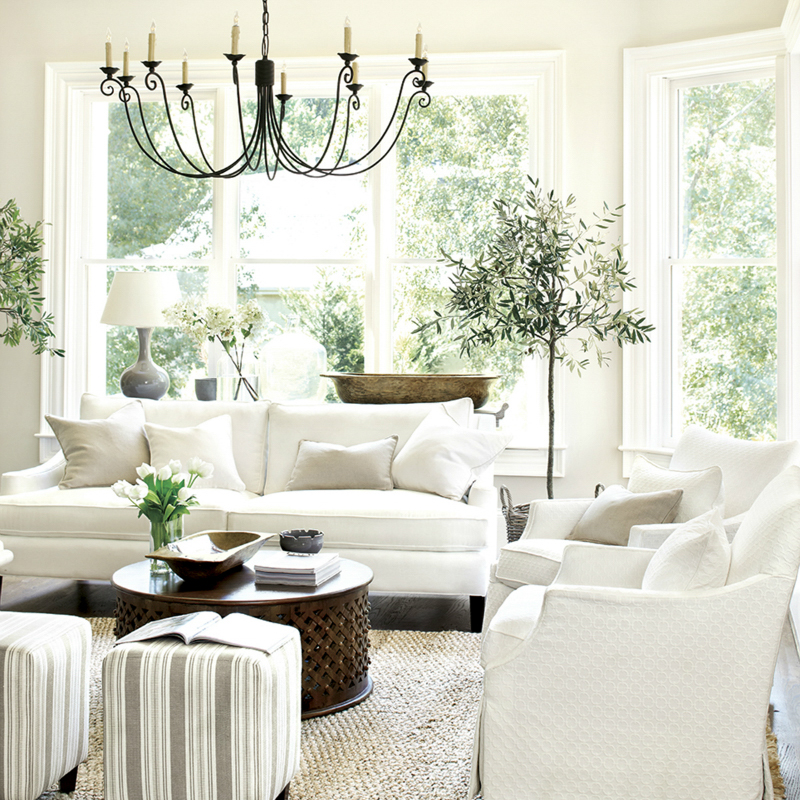
Spark Their Imagination: A Guide to Lighting for Kids
Lighting is not only crucial for visibility, but it can also set the mood in a room. In the case of children, lighting can even impact their imagination and creativity. When designing a kid’s room, it is important to consider the lighting carefully. In this article, we will explore how lighting can influence children and provide a guide to lighting for kids.
How Lighting Affects Children
Lighting has a substantial impact on how children respond to the environment around them. Here are some ways that lighting affects kids:
Mood and Emotion
Lighting can create a relaxing, inviting atmosphere or stimulate and energize. For example, warm and dim lighting can create a cozy environment suitable for reading bedtime stories, while bright and cool lighting can encourage activity and play.
Learning and Creativity
Good lighting can enhance learning and creativity. Studies have shown that bright overhead lighting can help children focus, while dimmer lighting can encourage imaginative play.
Sleep and Wake Cycles
The right lighting can help regulate children’s sleep and wake cycles. Blue light, which is present in many electronic devices, can disrupt circadian rhythms and lead to difficulty falling asleep at night. Dimmer, warmer lighting can help signal the body to prepare for rest.
The Different Types of Lighting
When selecting lighting for a children’s room, there are several types of lighting to consider. Here are some of the most common:
Ambient Lighting
Ambient lighting is the primary source of light in a room. It provides overall illumination and helps create a general mood. Overhead lighting, such as ceiling fixtures, chandeliers, or pendant lights, is usually used as ambient lighting in a kid’s room.
Task Lighting
Task lighting is used to illuminate specific areas where children need to perform tasks such as homework, reading, or drawing. Desk lamps, floor lamps, or table lamps with adjustable arms or heads are good options for task lighting.
Accent Lighting
Accent lighting is used to highlight decorative or architectural features in a room. Accent lighting can create visual interest and add depth to a space. Wall sconces or picture lights can be used as accent lighting in a kid’s room.
Design Considerations for Kid’s Lighting
When designing lighting for a children’s room, it is important to consider their age, interests, and needs.
Babies and Toddlers
For young children, soft, ambient lighting is best. It helps create a calm atmosphere that promotes healthy sleep. Night-lights, chandeliers with dimmer switches, and concealed lighting around cribs or beds can be used for babies and toddlers.
Preschoolers
Preschoolers require lighting that can help with learning and imaginative play. Adjustable task lighting, such as table lamps, can be used for reading and drawing. Accent lighting can also be used to highlight their favorite toys or books.
School-Age Children
School-age children need a mix of ambient and task lighting. Overhead lighting can help with general illumination, while desk lamps can be used for homework and reading. Accent lighting can create a playful, inspiring atmosphere.
Good lighting is essential for creating a positive, functional, and enjoyable space for children. A well-designed kid’s room should incorporate different types of lighting, reflecting the child’s age, interests, and needs. With the right lighting, you can spark their imagination and create a space that inspires them to learn, play, and grow.


